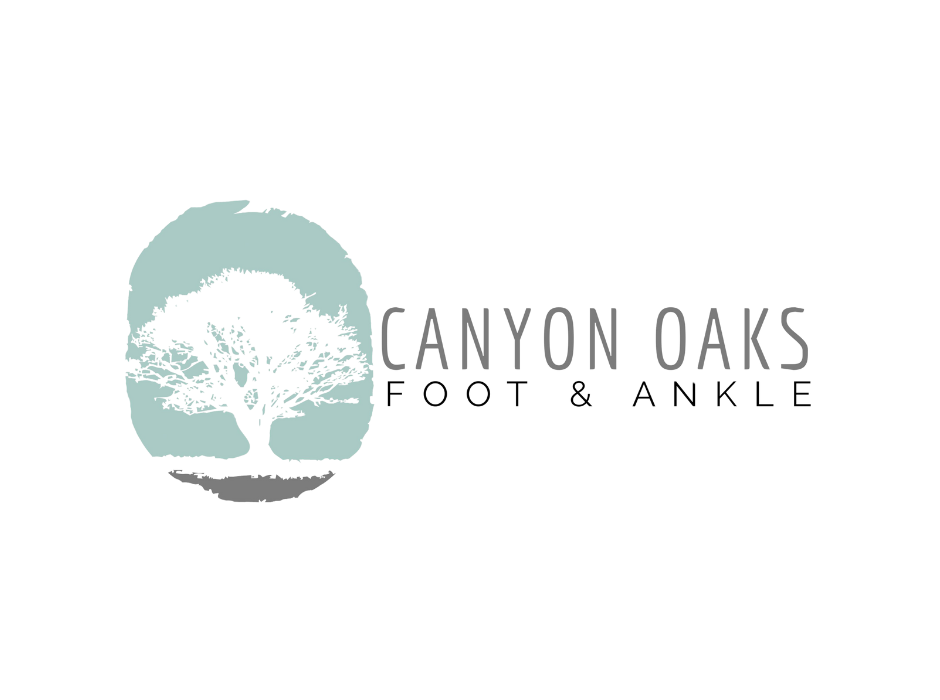When it comes to foot health, there a wide variety of conditions that can affect us even before we are born. One of those conditions is pigeon-toeing, also called in-toeing.
What is pigeon-toeing? What can cause this condition? What, if any, treatments exist?
What is Pigeon-Toeing?
Pigeon-toeing is a condition which causes the toes to point inward when walking. This condition is most common among children and can affect one or both feet.
Here are some of the things to look for when determining if your child has developed pigeon-toeing:
- Feet turn inward with every step
- Feet curve out on the edge of the foot
- Legs swing out while running
- The tendency to trip a lot
The Causes of Pigeon-Toeing
The three most common causes of pigeon-toeing are:
- Metatarsus Adductus/Varus
- Femoral Anteversion
- Internal Tibial Torsion
The three usually occur within the womb and therefore present at birth, but the third can also be due to genetic anomalies.
Metatarsus Adductus/Varus
Metatarsus Adductus, or Varus, is when the front part of the foot is curved inward. The back part of the foot, including the ankle, is normal.
This is common when the babies are not facing the proper way in the womb. The probability of this condition increases when there are low levels of amniotic fluid.
Femoral Anteversion
Femoral Anteversion, also known as medial Femoral Torsion, is when the thigh bone twists inward. This causes the child’s knees and feet to also have an inward turn. It’s believed that stress on the hips while in the womb can affect the thigh bone.
Interesting facts about this condition:
- It’s more common in girls
- It’s more common in both legs
- It occurs in up to 10% of children
Internal Tibial Torsion
Internal Tibial Torsion is when the Tibia bone, which is the bone that connects from the knee to the ankle, twists inward. This condition usually becomes apparent when the child starts to take their first steps.
There are two known causes of this condition. The first tends to be genetics; it’s passed down from the parents. It has also been related to the position of the baby while in the womb.
Treatments for Pigeon-Toeing
In the majority of the cases, pigeon-toeing is a condition that will correct itself. The key is to give it time since it hasn’t been known to cause pain.
In the past, there were shoes or other instruments used to correct in-toeing. Studies haven’t shown any significant improvement with their use.
If your child experiences excessive falling, then it might be recommended to seek medical help. It’s also necessary to do so if pigeon-toeing has not corrected itself when the child passes the age of nine.
In these cases, the following actions may be suggested:
- Using a series of molds or casts over a couple of weeks to correct the inward rotation.
- Undergoing surgery to correct the position of the bone(s) affected.
Canyon Oaks Foot and Ankle
Although pigeon-toeing is painless in children, it’s not the case for adults. If you’re experiencing foot pain, and you’re not sure what the cause is, please contact us and let us help you.

